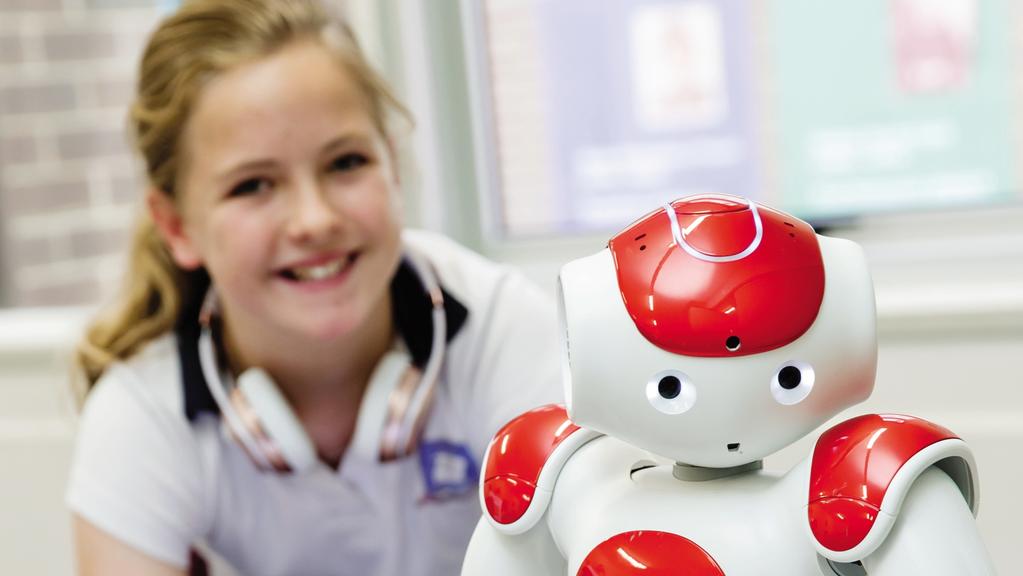 Photo by Annie Spratt on Unsplash
Photo by Annie Spratt on Unsplash
An instructional coach and math teacher who developed a powerful model for student collaboration have tweaked it for the pandemic.
Cooperative learning has been highlighted by educational researchers John Hattie and Robert Marzano as a high-yield strategy that “adds value to whole-class instruction and to individual work” by boosting both engagement and collaboration. Last year, I leveraged Hattie and Marzano’s research to partner with high school math teacher Kathleen Janysek in creating a cooperative learning strategy we called Try It, Talk It, Color It, Check It.
When we implemented the strategy, we used the three components that Hattie and Marzano indicate are essential to success—structure, small groups, and explicit instruction on how to work effectively in groups—and the results were dramatic in terms of the look, sound, and feel of Kathleen’s Algebra 1 classroom. Silence turned into discussion and debate, and the students’ dependence on their teacher transformed into independence. Ultimately, Kathleen and I created a new approach that replaced traditional whiteboard practice and engaged all students rather than most.
When distance learning became widespread, however, we needed to revisit the Try It, Talk It, Color It, Check It model to see if we could adapt it for a virtual classroom. Our approach involved anticipating the emotional and academic needs of our students and thinking through, step by step, how the activity could unfold, from presenting a problem to soliciting feedback.
PLANNING THE TRANSFORMATION
Kathleen and I started by looking at tools that could foster strong student discourse and incorporate the structure, small groups, and explicit instruction Hattie and Marzano recommend. We landed on Jamboard to create a structured space that was clear and effective and used breakout rooms for small group settings.
To guide students to work effectively in groups, given the isolation our students are facing, we turned to social and emotional learning (SEL) prompts to infuse that component with intentional building of relationship skills. We also aimed to make expectations for student participation clear.
THE PROCESS
In a virtual setting, the Try It, Talk It, Color It, Check It process began with independent work time. We displayed a problem and gave students one or two minutes to try to solve it on their own. This independent Try It work time was essential to give students an opportunity to generate their own ideas and/or questions about the problem.
When time was up, we assigned students to breakout rooms with an SEL-focused prompt (e.g., “What makes you feel happiest?”). The prompts we selected, examples of “listening circles,” were supported by CASEL’s research on helping students develop their social awareness and relationship skills.
Many of the students in the class were in the routine of having their cameras off and microphones muted during class time; we also faced the challenge of students going into breakout rooms and not engaging with each other unless we showed them the way. Incorporating SEL prompts broke down these barriers in several ways.
First, students had an entry point for speaking right when they went into the breakout rooms, and they were more energetic in their discussions—more so than when we didn’t use SEL prompts at all. Furthermore, because the prompts were tied to SEL competencies, discussing them in breakout rooms moved beyond the idea that they were just for fun, and we began seeing the conversations as purposeful student interactions, reinforcing the notion that all voices are heard and valued in this process.
Once students were comfortable sharing with each other in each breakout room, they started the mathematical problem-solving process of explaining their strategies and solutions with each other—the Talk It phase of the model. When they agreed on an answer, they were directed to use a speaker and scribe structure: the scribe dragged the problem to a specific spot on Jamboard and the speaker explained their steps for the scribe to type up. Finally, students discussed how confident they were in their solution, which the scribe then noted with a color-coded sticky note (Color It) on the Jamboard (green = “We got it and can teach others;” yellow = “We have ideas but are a bit uncertain;” pink = “Our answer is probably wrong and we need help.”).
After about five minutes, students returned from breakout rooms to the main session, and Kathleen debriefed by sharing a selected group’s Jamboard page and asking a member of that group to share out. The color coding helped us pinpoint areas of need for further instruction and discussion, and it was exciting to hear students share their thinking and group’s process with added confidence.
After each problem, we repeated the process of Try It, Talk It, Color It, Check It, and while that was happening, Kathleen and I bounced among breakout rooms. As coaching partners, Kathleen and I listened to and supported student dialogue and would quickly confer together to identify which group we would select to explain or clear up misconceptions—the Check It phase.
WRAPPING UP
In debriefing the process with students, we sought their feedback using the last page of the Jamboard to measure their engagement and confidence in their understanding of the content. Kathleen explained that this feedback would help inform our instructional practice and enable us to also follow up with any students who needed additional support. I loved how this part of the process provided a safe space for students to reflect on the activity and give honest feedback—and take ownership of their learning.
We were excited to see students become highly engaged—one student unmuted to say how much fun they had during this activity. Seeing and hearing their feedback confirmed how powerful this strategy is, even in a virtual setting, and how collaboration and rich mathematical discussion can take place anywhere if we intentionally use tools to enhance learning.
Discover more about Robotics with RobotLAB!



